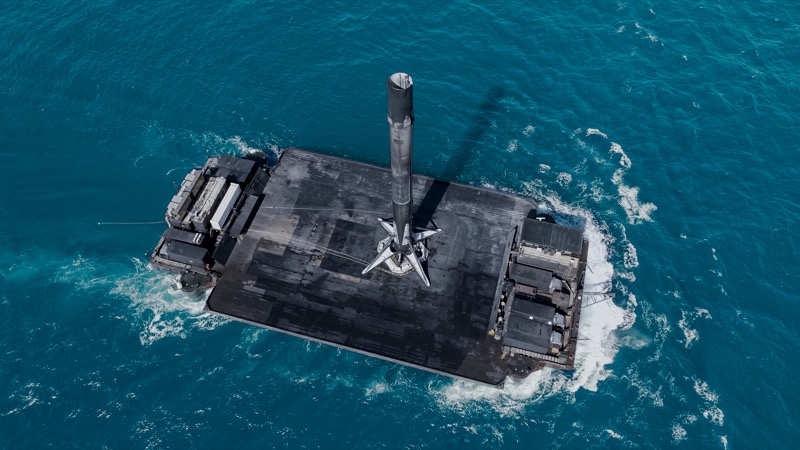SpaceX Achieves Milestone with Successful Falcon 9 Launch and Bahamas Landing
SpaceX achieved another milestone on Tuesday, February 18, as it successfully launched 23 Starlink satellites into low-Earth orbit using its Falcon 9 rocket. The launch, which took place at 6:21 p.m. ET from Cape Canaveral Space Force Station in Florida, marked another step forward in SpaceX’s reusable rocket program.
One of the key highlights of this mission was the first-ever droneship landing off the coast of the Bahamas. Following stage separation, the Falcon 9’s first-stage booster made a successful touchdown on the “Just Read the Instructions” droneship. This landing, the booster’s 16th successful flight, is significant as it had previously supported missions like Ax-2, Ax-3, Euclid, and multiple Starlink launches.
The decision to land in the Bahamas represents a strategic move for SpaceX. By recovering boosters closer to key launch trajectories, especially for high-energy missions to geostationary orbit or deep space, the company can reduce the distance and fuel required for droneship recovery. This not only cuts operational costs but also speeds up rocket turnaround times, allowing SpaceX to launch more frequently and efficiently.
The stunning image shared by SpaceX showcases the droneship floating in the crystal-clear waters of the Bahamas, underscoring the company’s commitment to innovation and operational excellence. This new landing option not only enhances SpaceX’s rapid reusability model but also solidifies its position as a leader in the aerospace industry.
With this successful launch and landing, SpaceX continues to push the boundaries of space exploration and satellite deployment. As the company expands its global internet network with the deployment of more Starlink satellites, the future looks bright for SpaceX and its ambitious goals of revolutionizing space travel.

